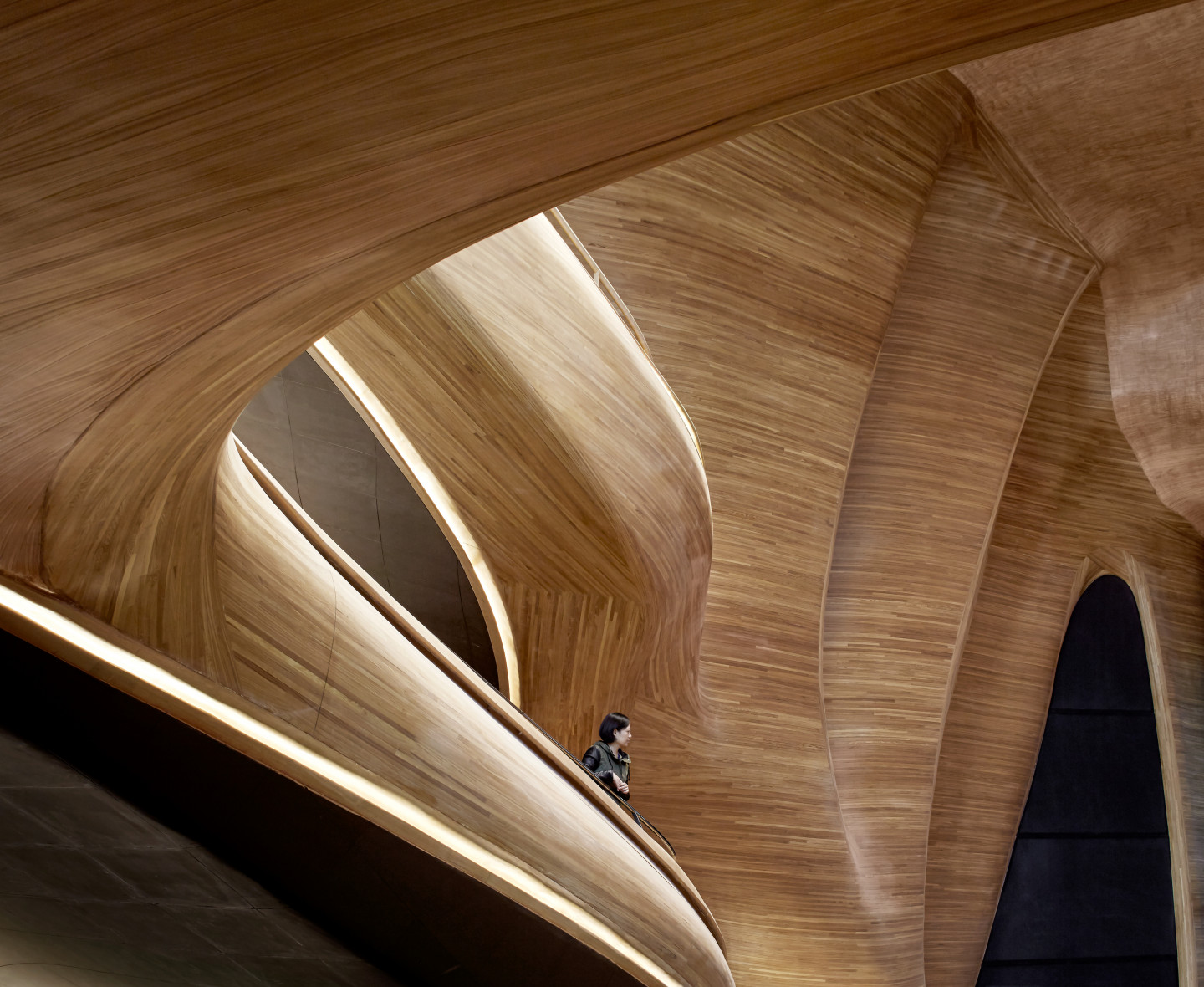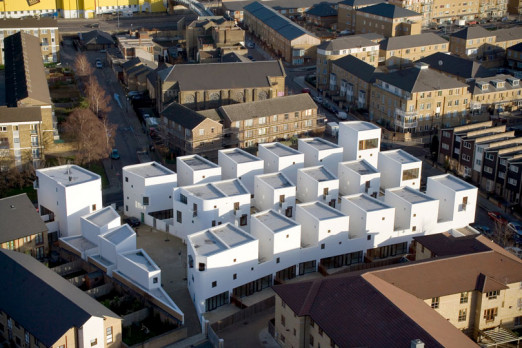When we consider that individuals spend most of their lives in closed, interior spaces, the creation of an inside environment that promotes well-being is important for our physical and mental health.
Interior spaces should foster psychological well-being and aid a healthy lifestyle, being safe spaces which enable us to feel comfortable, relaxed and revived as we live within them. A good interior environment not only allows us to work better but also allows us to relax better, establishing a positive cycle for our mental health.
A natural substance, used for thousands of years, wood has established itself as a valuable material, steeped in history and tradition. Not only is it cheap and readily available, it is easy to shape into the chosen design and fast and accurate to install.
The calming effect that wood evokes is comparable to the feeling of walking in the forest; the weight is lifted from our shoulders and we feel revived, renewed and refreshed, nature has a positive effect on us that is second to none. Consequently, the incorporation of wood into indoor spaces, e.g. furniture, furnishings and as a building material, does more than look good, it has a profoundly positive effect on us.
The use of wood in the interior environment not only lowers inhabitants’ blood pressure but also reduces negative pattern thinking, anxiety and rumination associated with depression. This effect is significant when compared to human-made materials such as concrete and plastic which have been shown to exert the opposite effect to wood- causing an individual’s blood pressure to rise, resulting in anxiety and stress.
One example of the use of timber in a public space is MAD architects' Harbin Opera House in Heilongjiang, China. The building has a contemporary white exterior mirroring Heilongjiang's winter landscape, but on the inside is constructed with tonnes of timber- creating an unwinding environment for its visitors to enjoy music within.
The curvature of the structure and it’s smooth, wooden interior invites a diverse audience into the building- those of which aren’t always there for the opera. This project is a superb example of how wood can be used in creative environments to promote an enjoyable experience.
Projects such as the Harbin Opera House spark interest in how materials in the built environment affect our mood and how they can benefit our well-being. With this knowledge and the use of timber for environmental reasons (being lightweight and sustainable), the increasing use of wood as an architectural material is not only environmentally beneficial but also has a positive effect on our mood.


